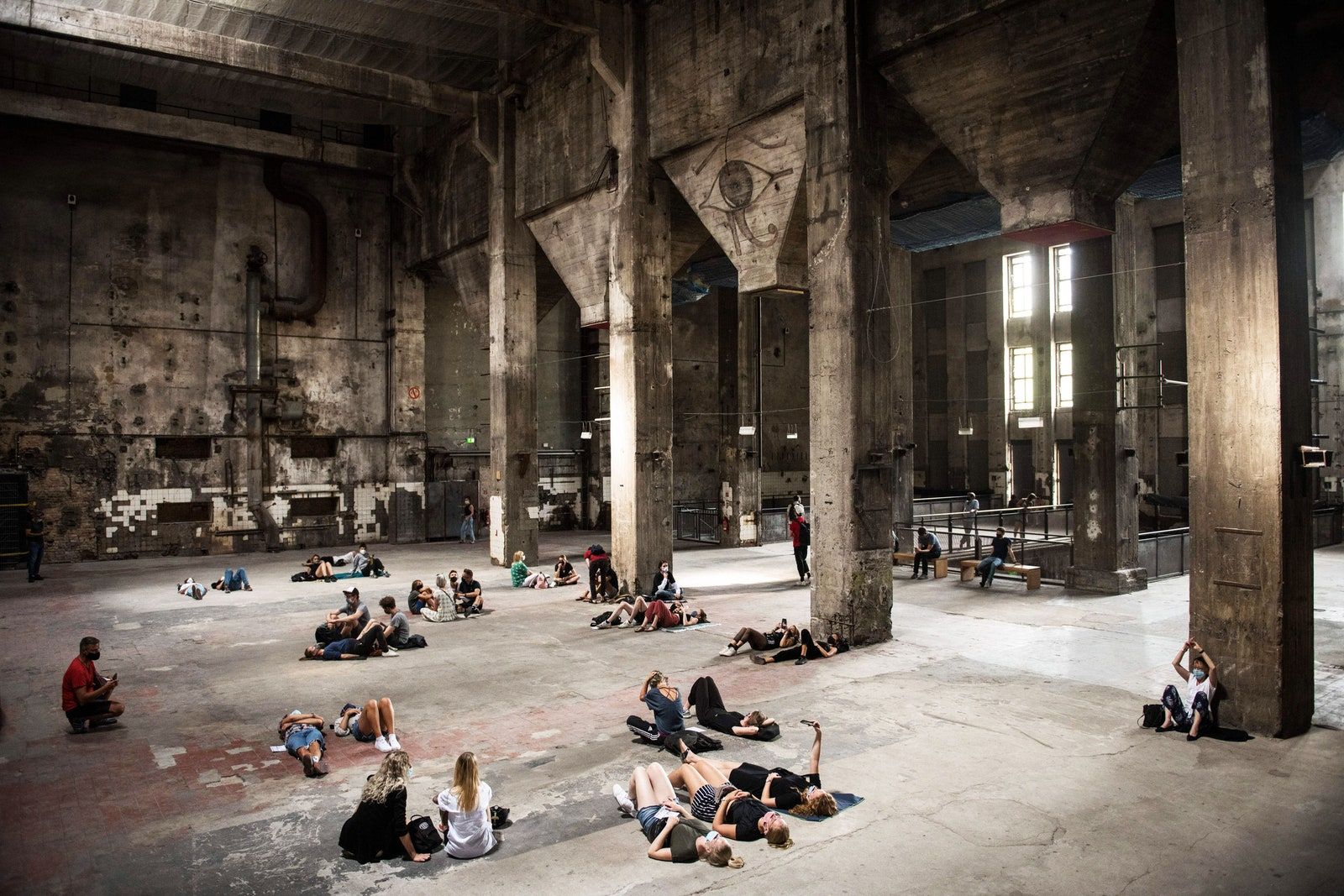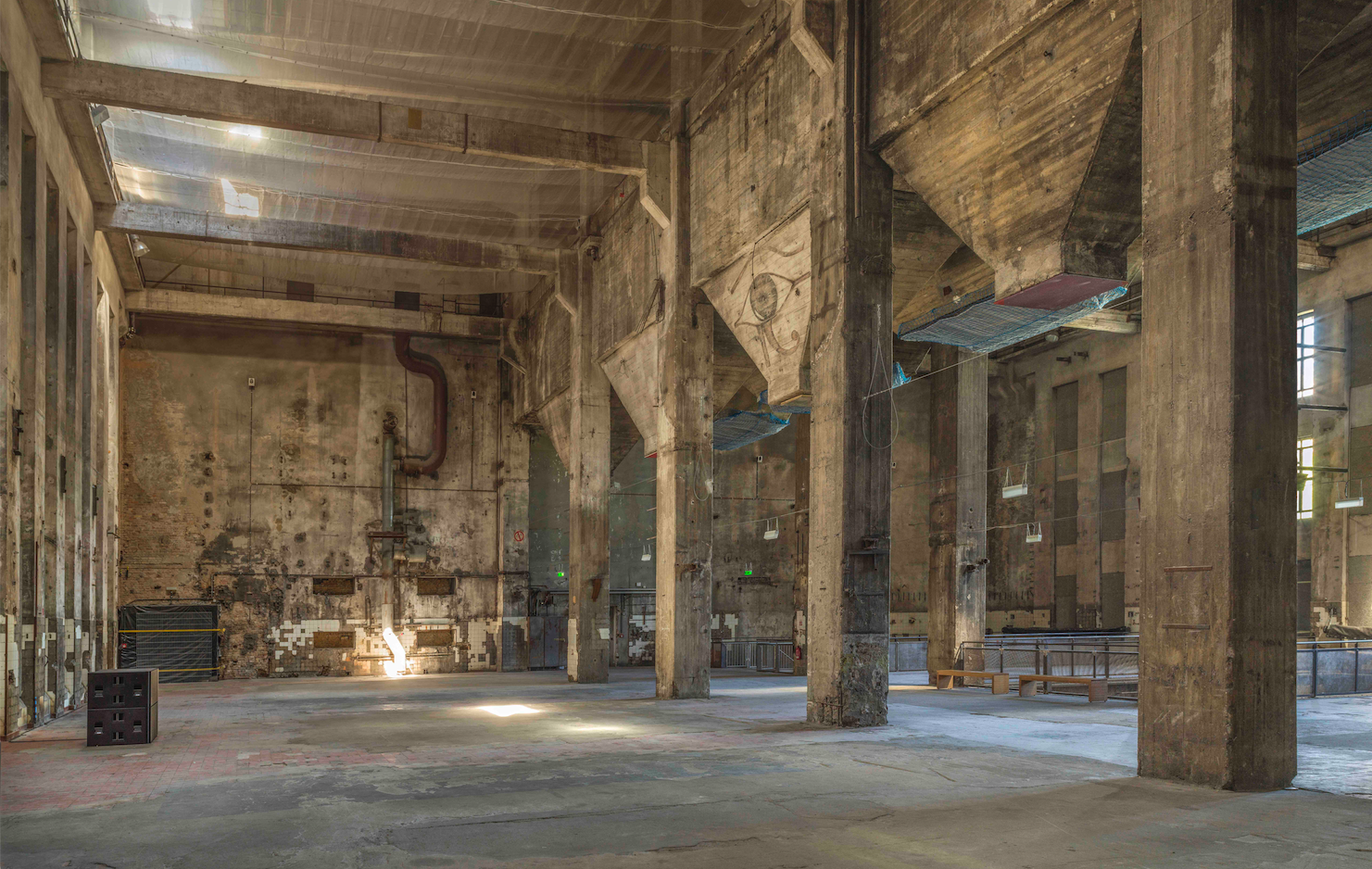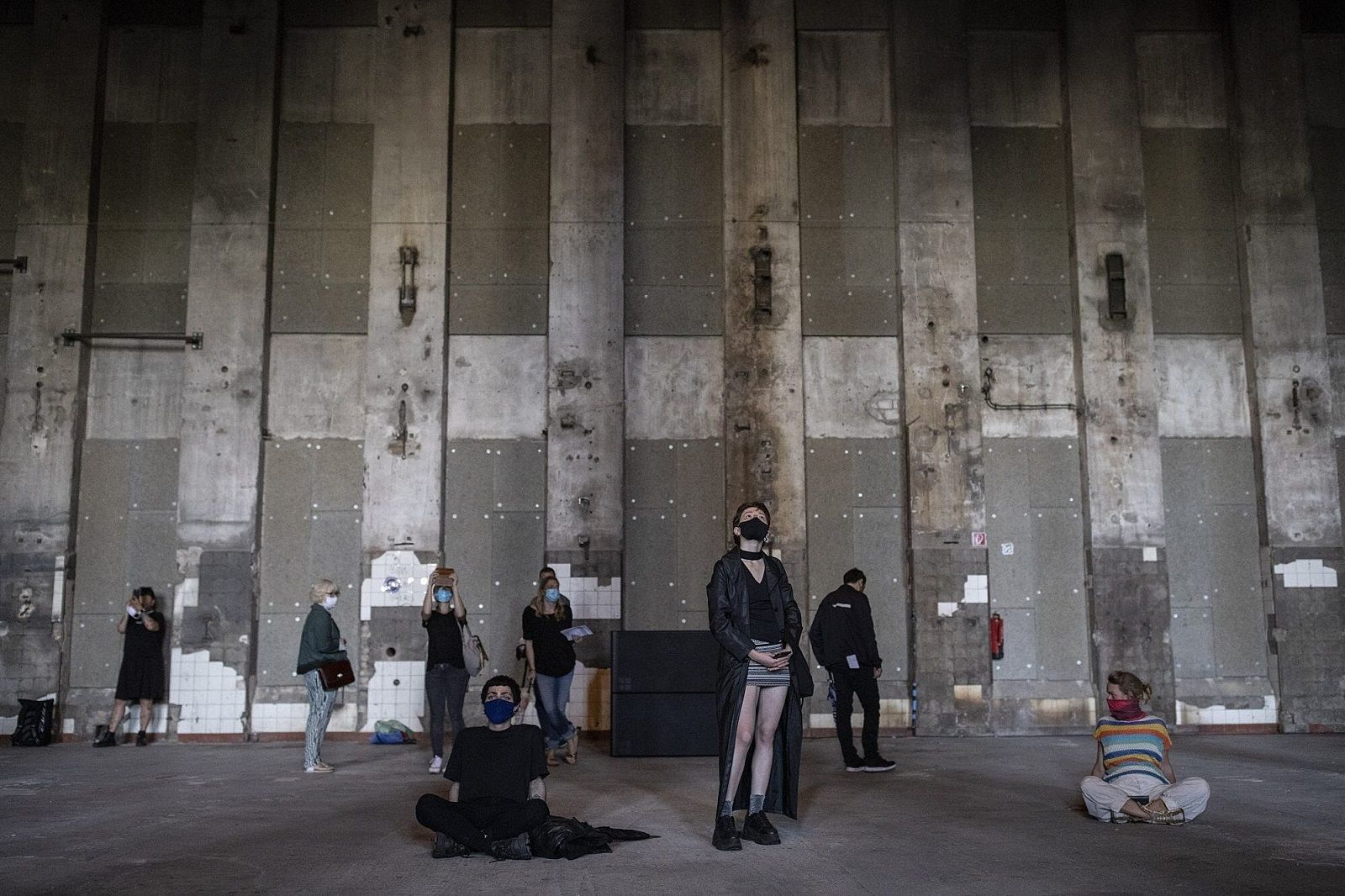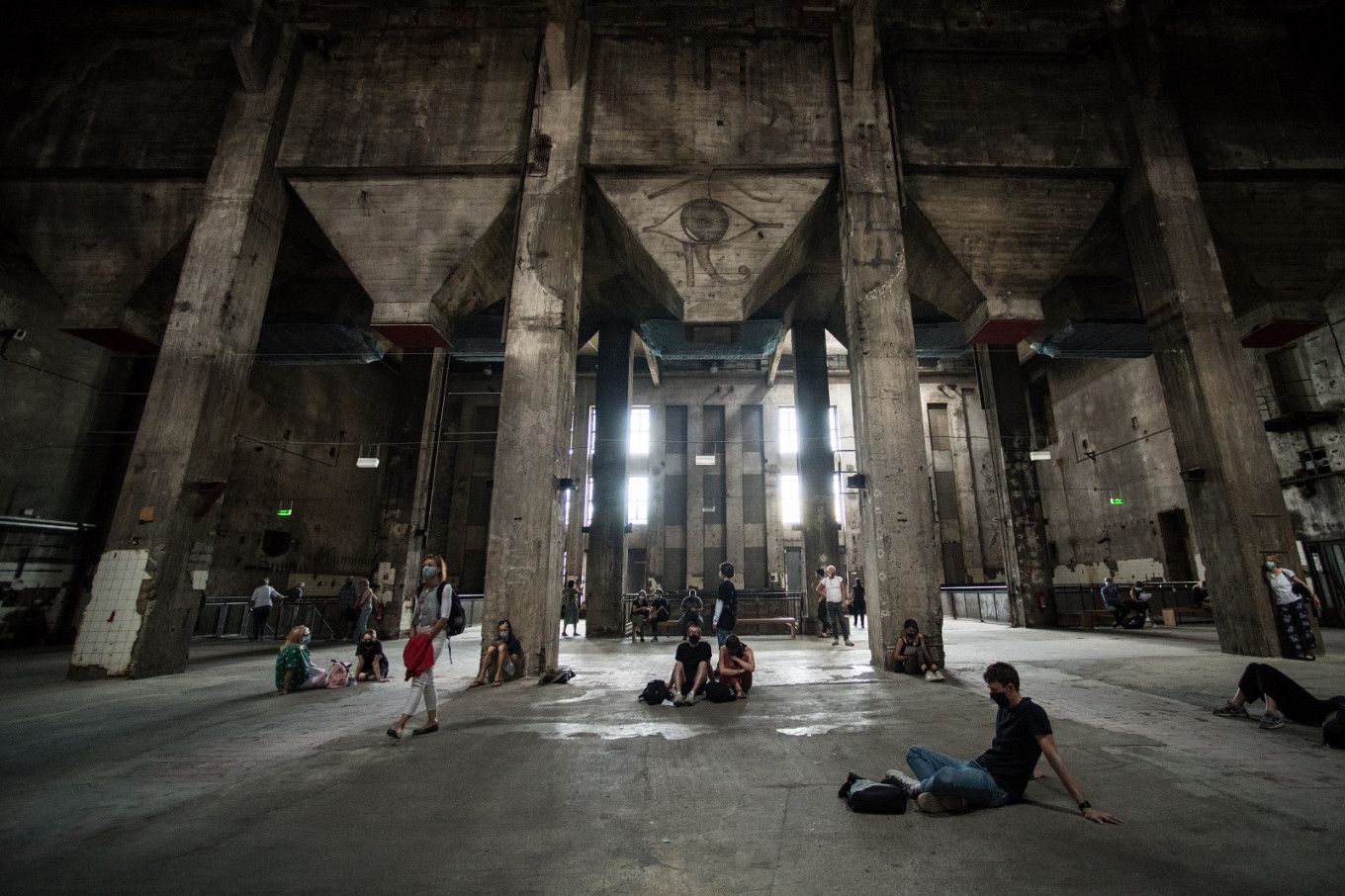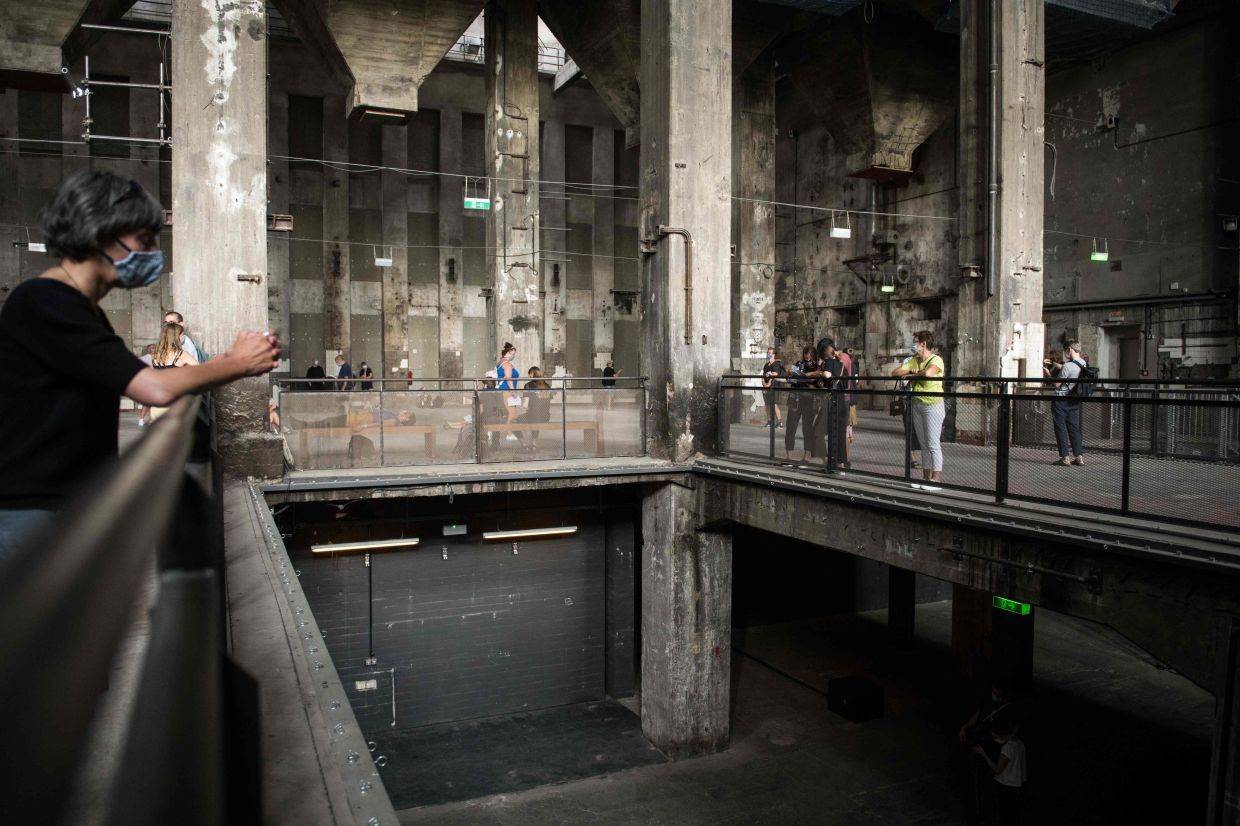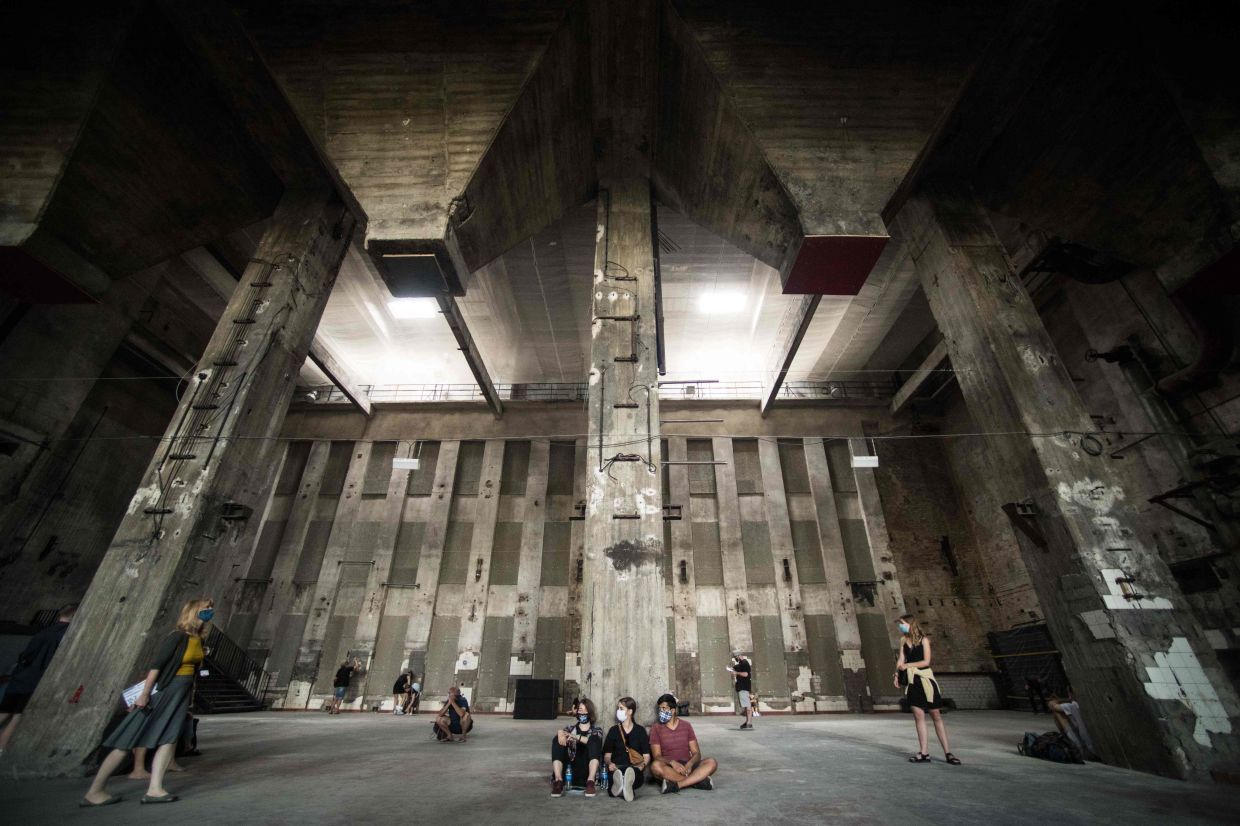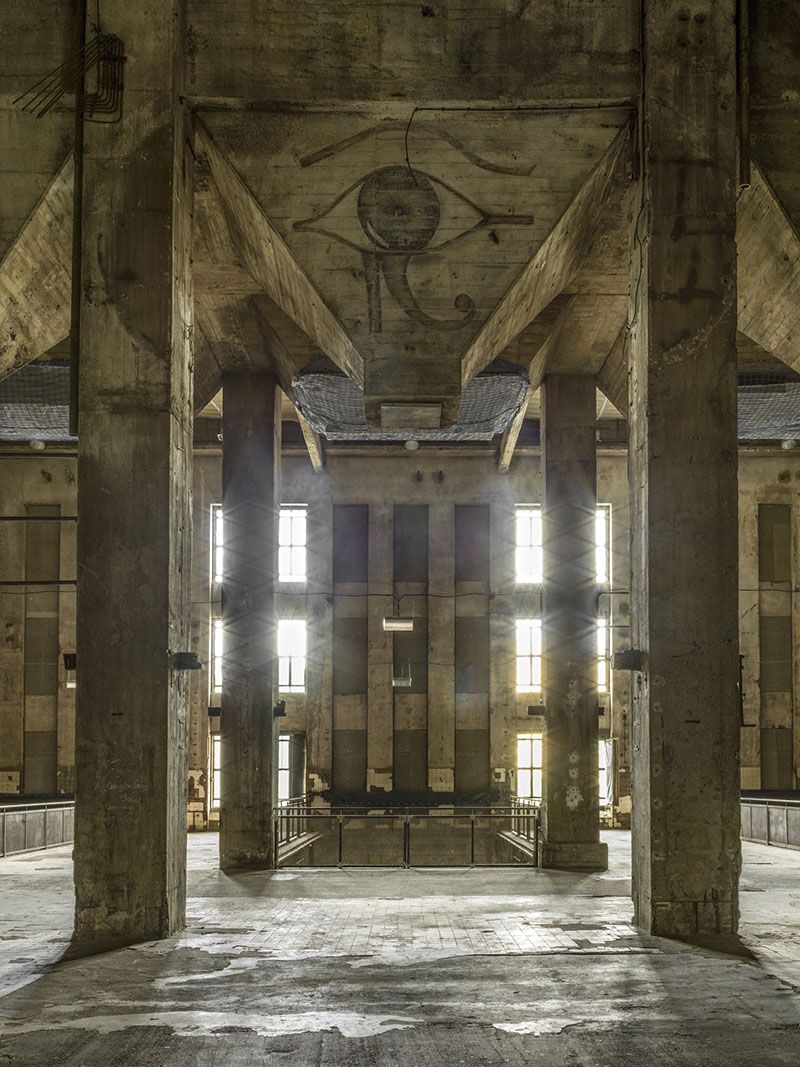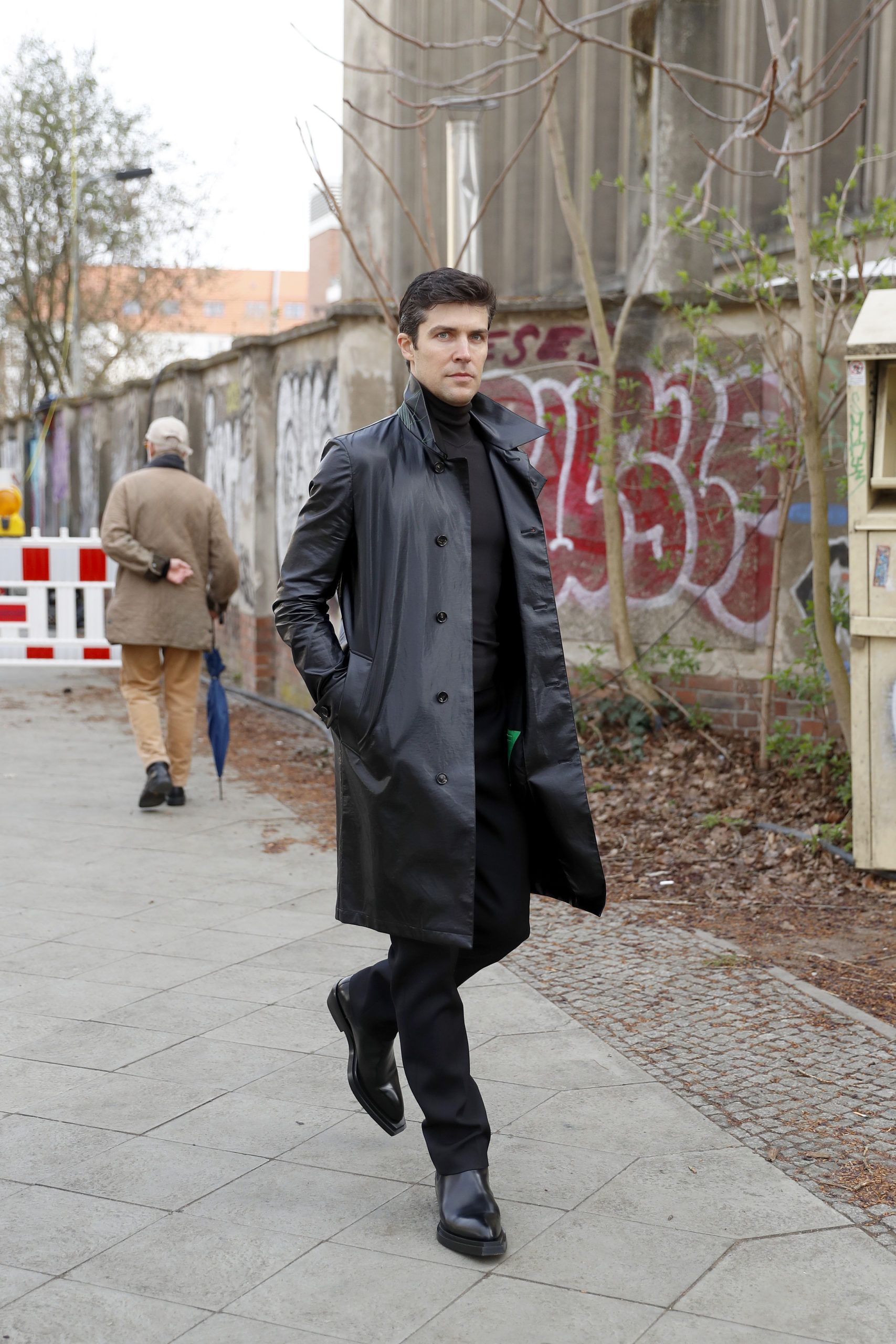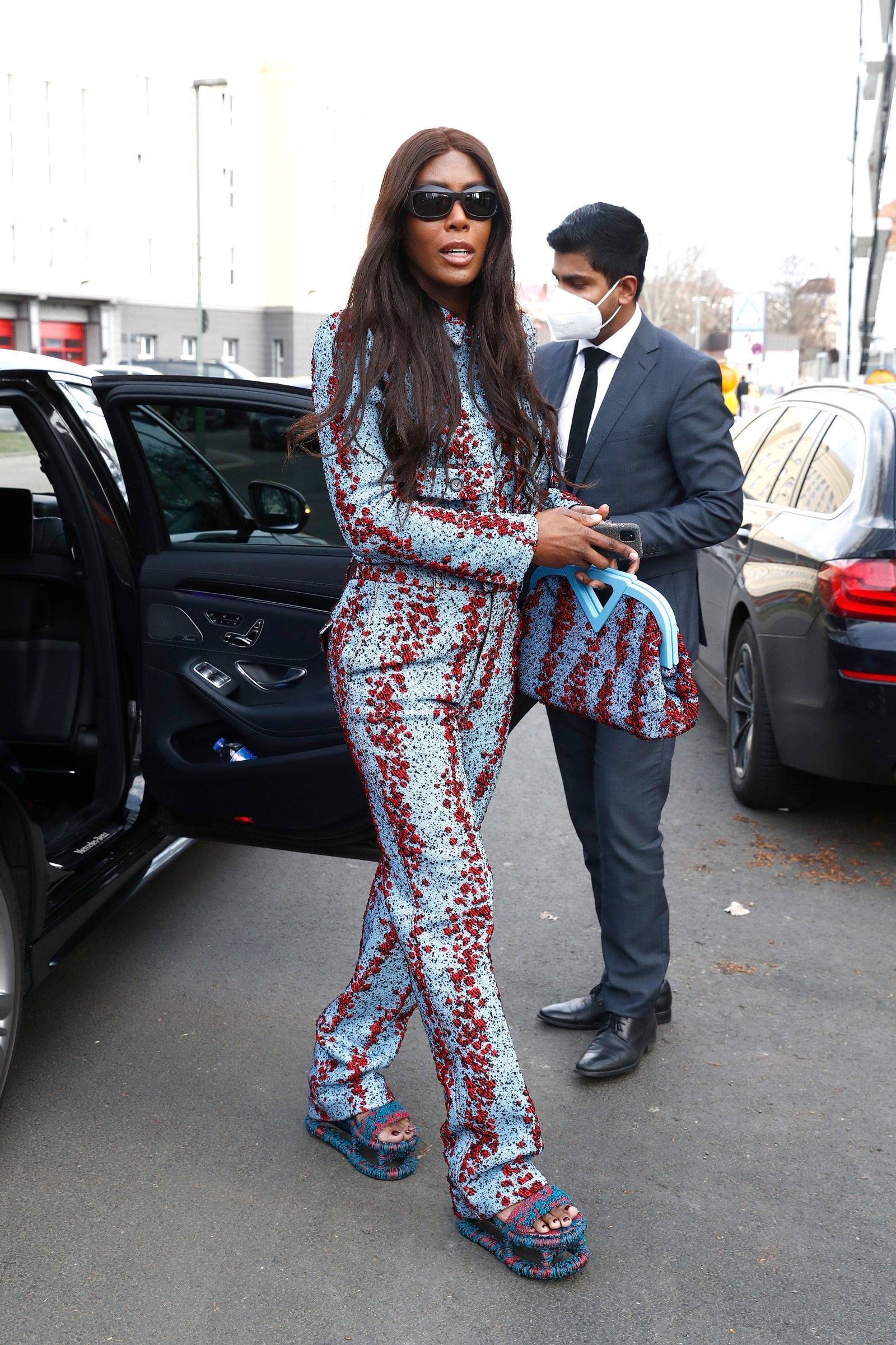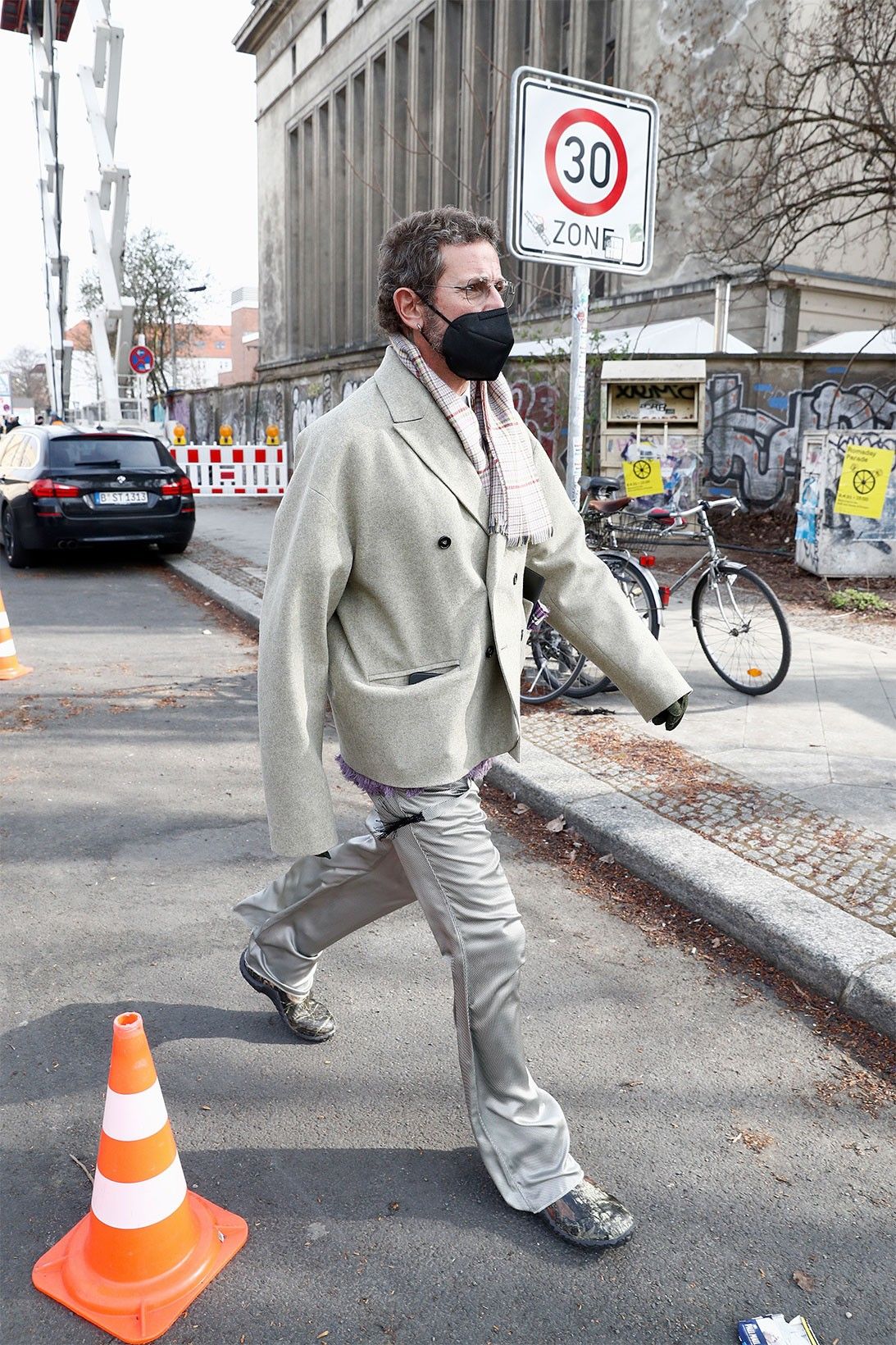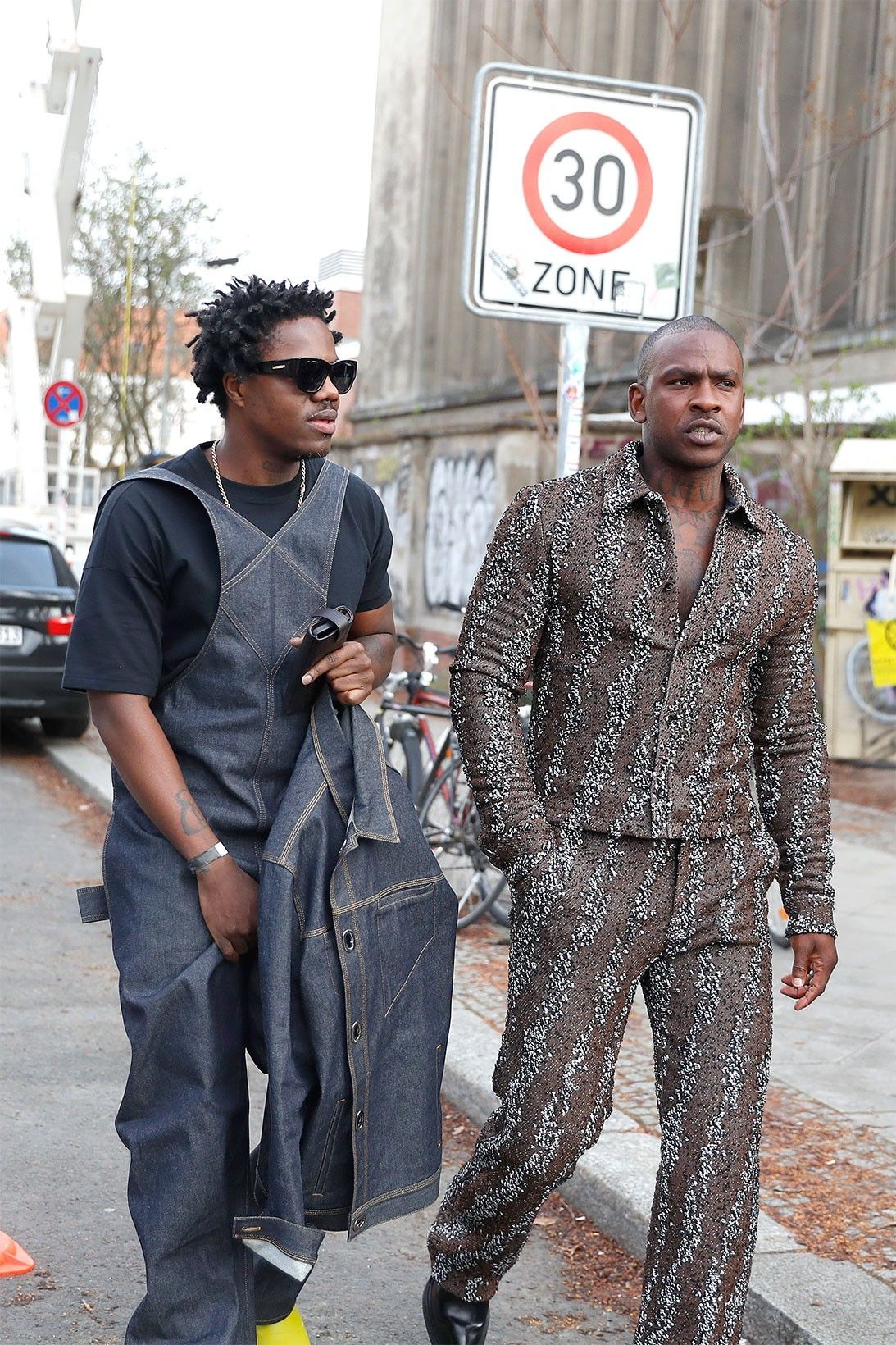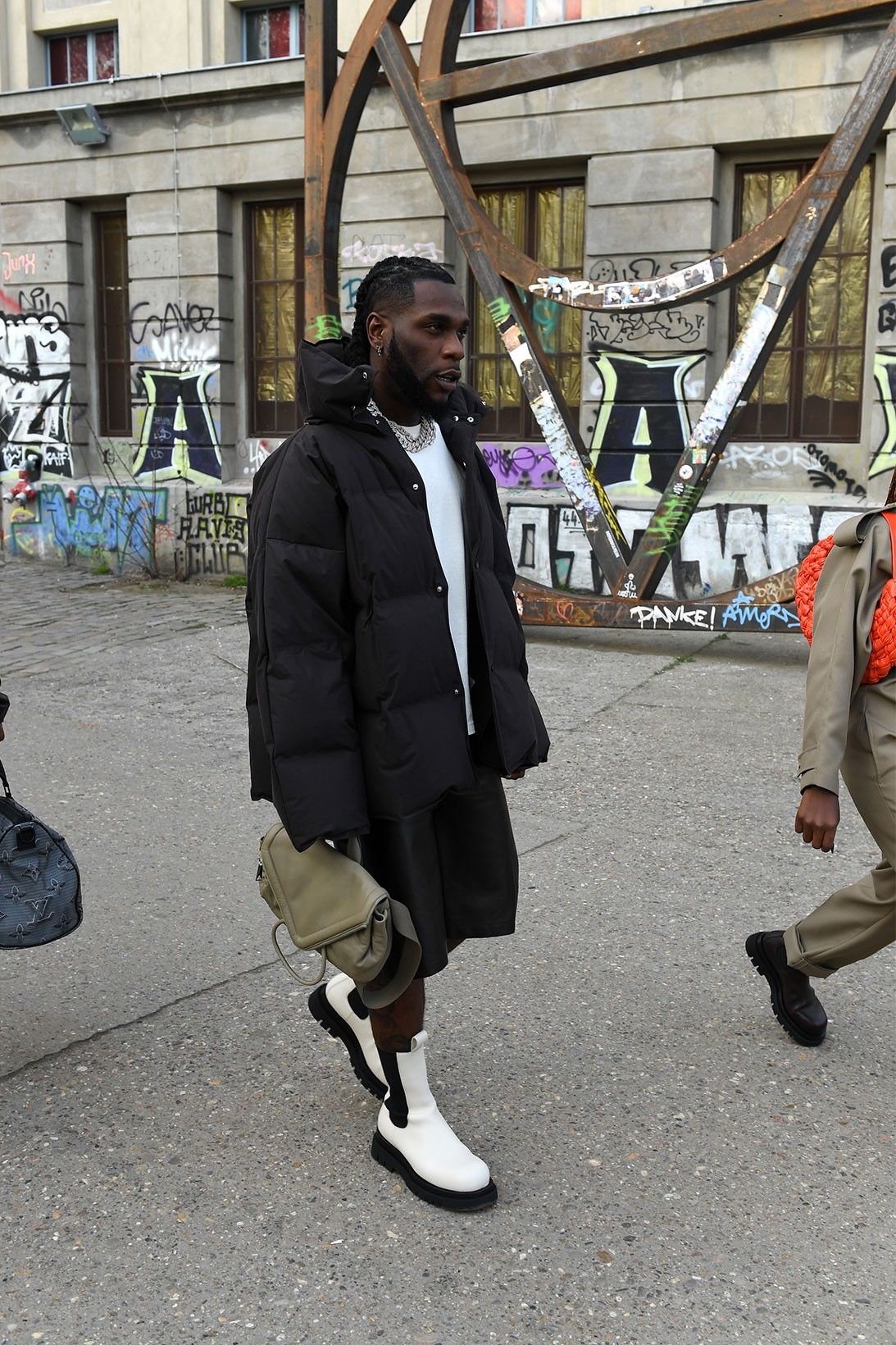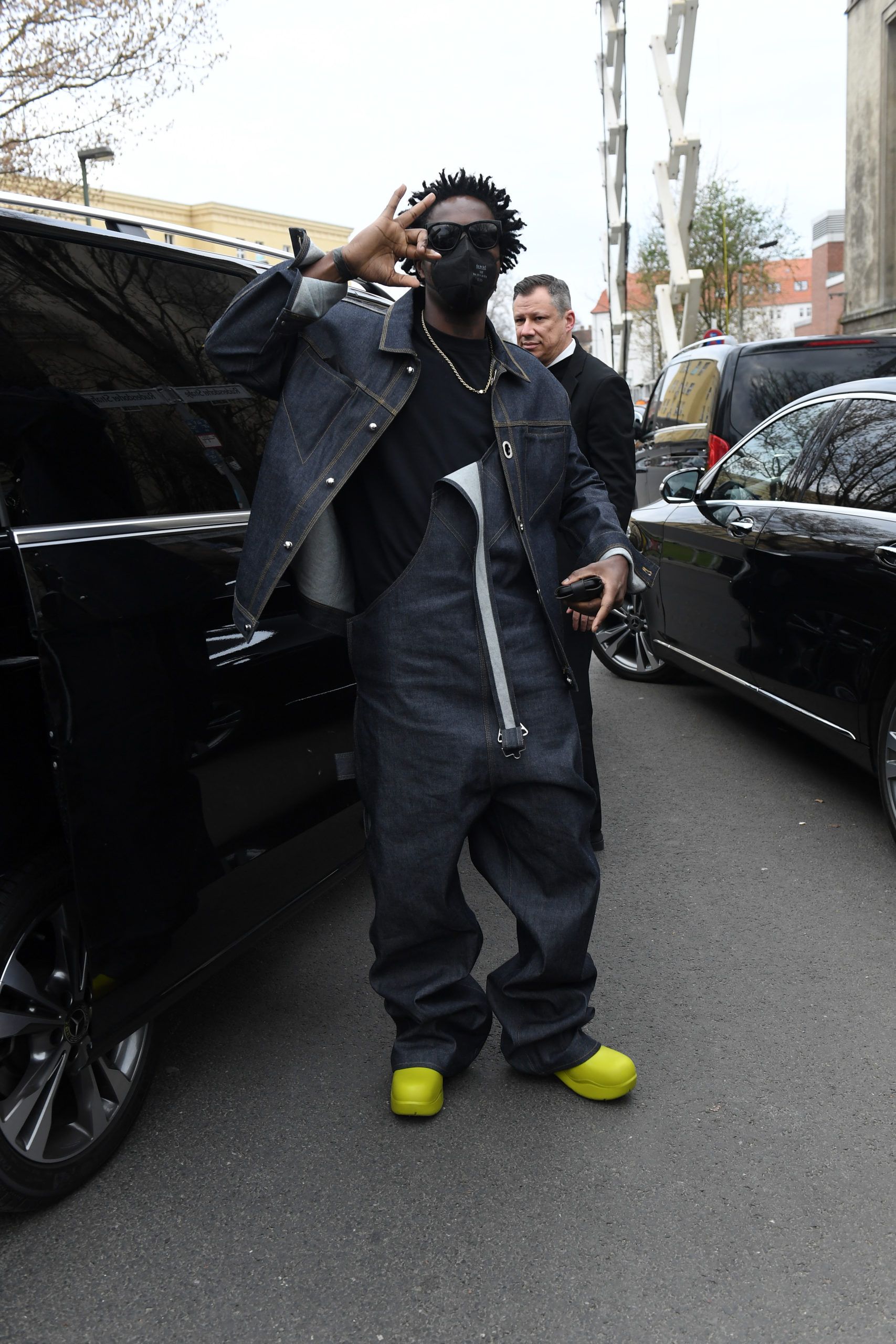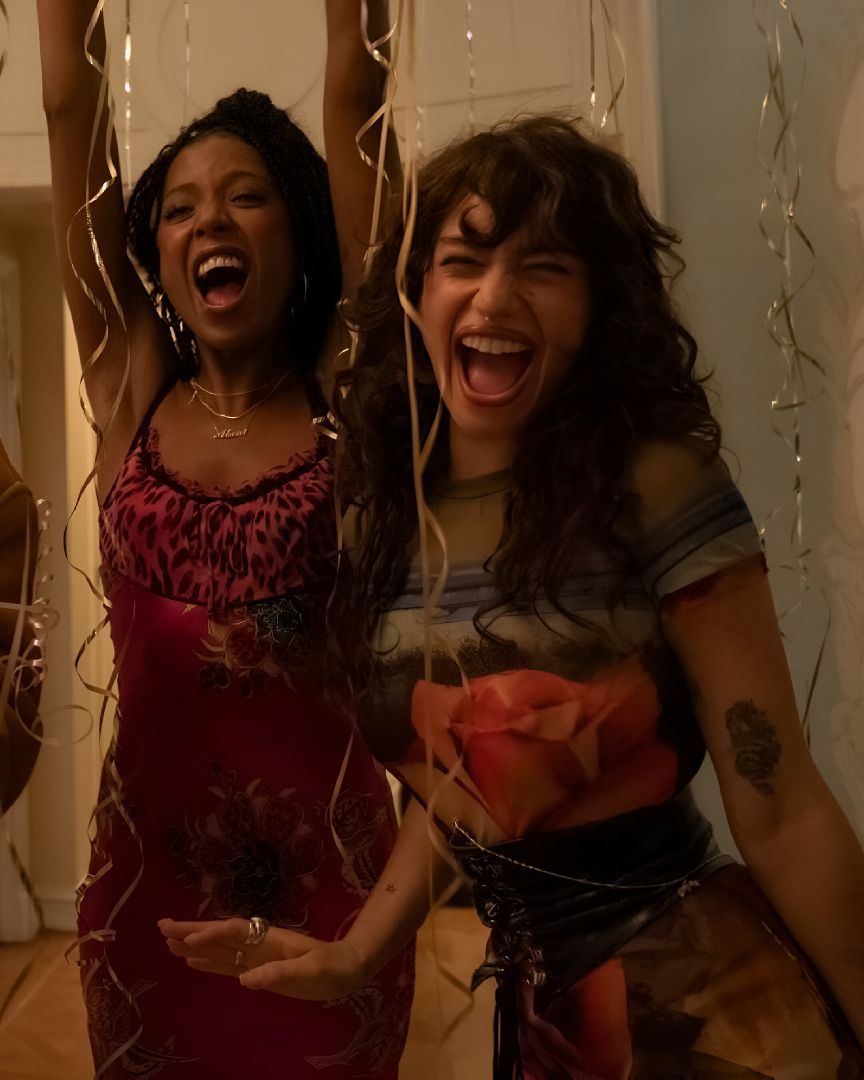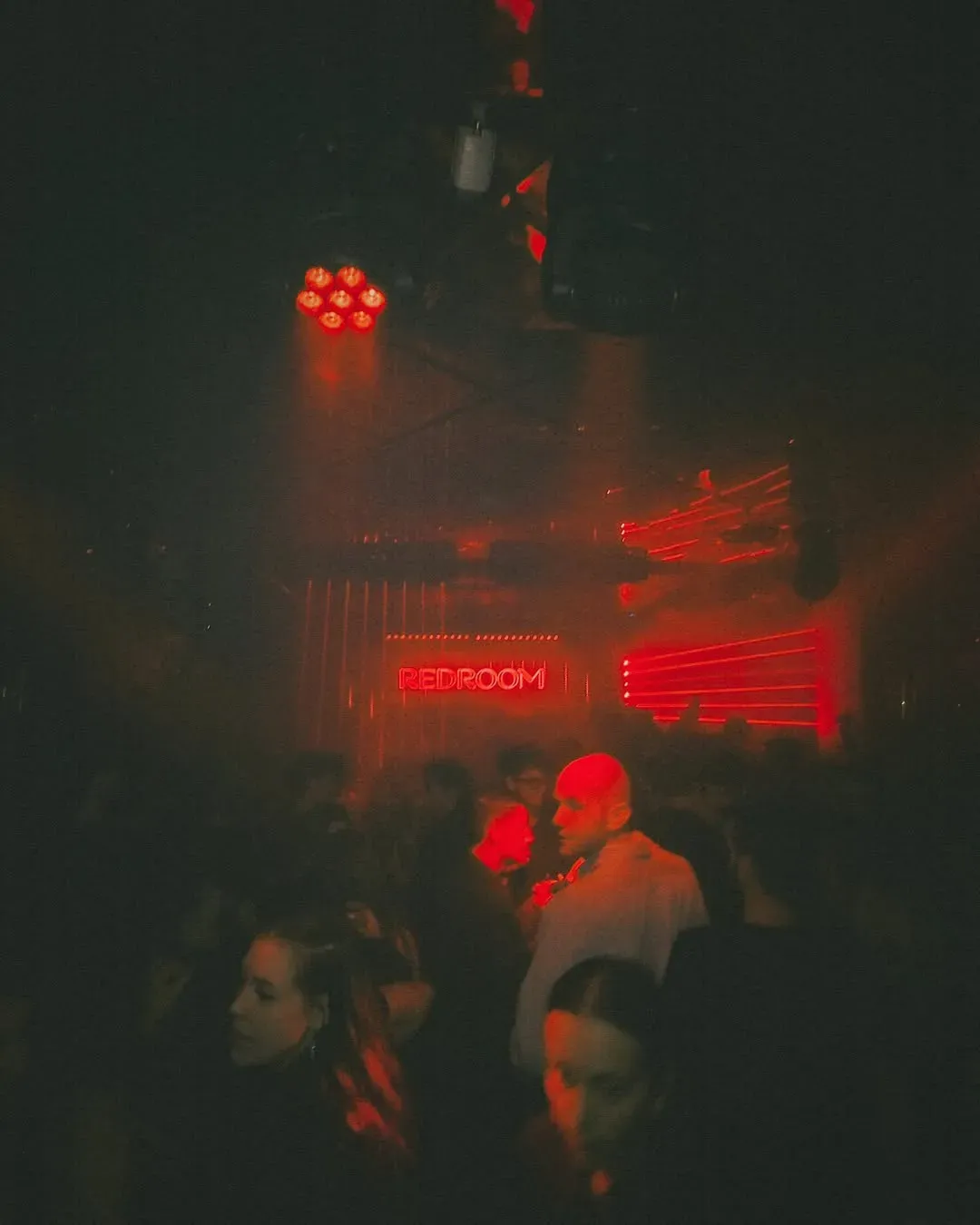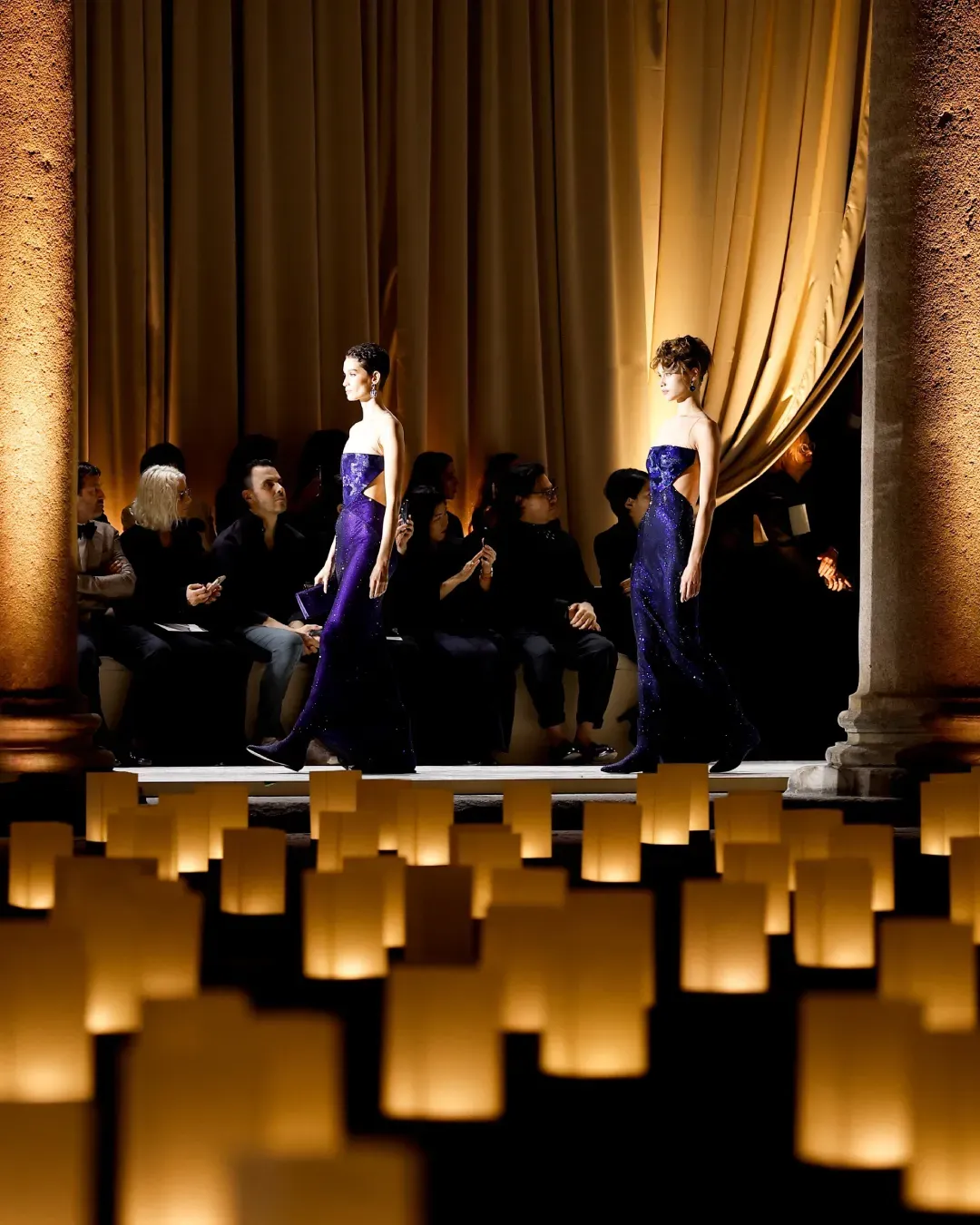
Exploiting club culture is not the answer Bottega Veneta has completely misrepresented a scene which was born to include, not to leave out
« It’s important to me we preserve some of that heritage [of the Berghain, ed], that it still feels like a welcoming place for the original sort of club-goers. If we were just a club full of models, pretty people all dressed in black, it would be nice to look at for a half an hour, but god, that would be boring. It would feel less tolerant, too.».
These were the words used by Sven Marquardt, the legendary Berghain bouncer, in a 2015 interview with GQ. Words that today, in light of the controversy aroused by Bottega Veneta's closed-door show at Berghain and the subsequent illegal party at Soho House, sound almost like an unconscious prophecy. In the aftermath of the party, Brenda Weischer, the creative behind Disruptive Berlin, was the first to openly criticize Bottega Veneta: «We're in lockdown in Berlin since November. Bottega Veneta has had a giant production at Berghain over several days (fair enough) but I keep hearing about after hours and after parties there and at Soho House [...]. We currently have a 9pm curfew for normal people». In all this, the Berlin police have also launched investigations and the Soho House has spoken of a «spontaneous party» got out of hand. Health issues aside, however, there are two problems with the Bottega Veneta event: the first is the organized an illegal party in the world capital of clubbing; the second is the ideological contradiction implicit in hosting a secret show in Berghain, that is, in one of the symbolic places of that youth and collective, and therefore inclusive, movement which was techno culture in Berlin.
After the trauma of the division of the city and the fall of the Wall in 1989, the Berliner youth appeased his thirst for carefreeness, community and reconciliation with clubbing, with the raves of Love Parade and the Planet, the parties at the Tresor and the evenings of Berghain. During the 1990s and later Berlin became the crossroads of world clubbing, with young people from all over the world attending its premises for the air of community and freedom that was breathed there and for the extreme tolerance that everyone could enjoy. In fact, Daniel Lee himself knows this environment of openness and tolerance very well and in a recent interview with 032c he told how clubbing played a fundamental role in its growth:
«For me, fashion is about how clothing can trans-form your identity […]. I first experienced that in my early clubbing days, when I would dress to go out in a way that would make me feel free. […] It wasn’t that I particularly loved the music – it was more that the club was a core part of this liberating experience. […] When I was going out, smartphones didn’t really exist, so people went to the clubs to have fun – everyone was really hedonistic and very free».
Until now, berlin's clubbing culture had therefore been based on inclusiveness, freedom of expression, the creation of a community – and so it remained, even in a digital version, when the lockdown closed every venue and cancelled events and evenings putting in serious difficulty the creatives, musicians and DJs whose careers orbited this world. This culture of tolerance and inclusiveness has evolved over time, bringing its vision to many different industries, including fashion. Specifically, then, the Berghain has a reputation for being exclusive, the door selection of bouncer Sven Marquardt is legendary and very strict, but the criterion of that selection is always cultural, never socio-economic.
The sense of dissonance of values increases even more if you remember that, according to the countless online guides to the peculiar Berghain etiquette, overpriced and fancy clothing are strictly not recommended. In this sense, Bottega Veneta's operation is completely antithetical to the authentic principles that animated a cultural scene that Friday's event reduced to a theatrical background, embellishment and edgy frame of a fashion collection that, moreover, the brand did not even take care to show to the public. The short-list of guests was the only important narrative element: not creativity or clothes but only exclusivity, among other things understood not as a synonym for "prestige" but as a literal "exclusion" of all those who are not part of a small club. Not exactly the tolerance that Berghain is inspired by. So the question arises: on a regular Thursday night, would Berghain bouncers let Daniel Lee and his clique in or tell him to stay out?











































